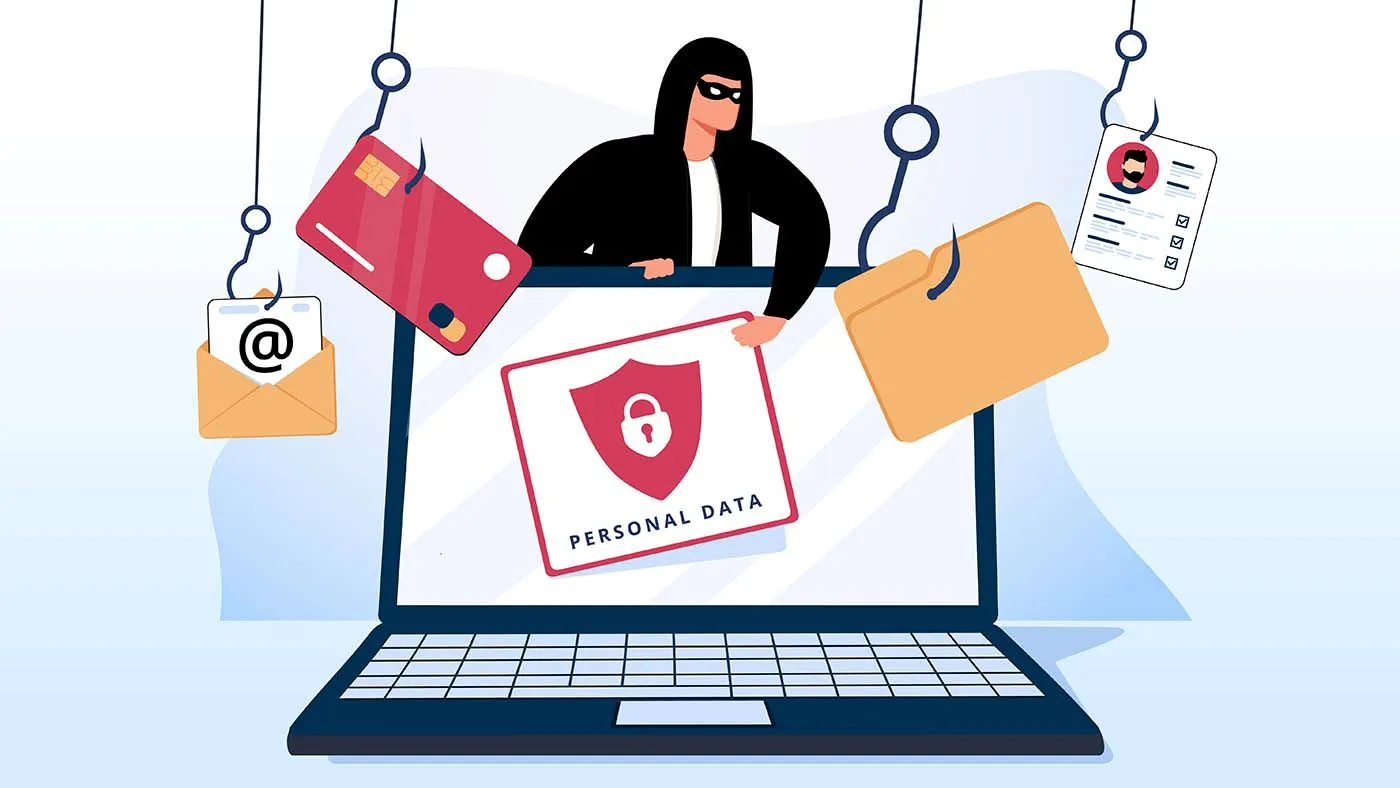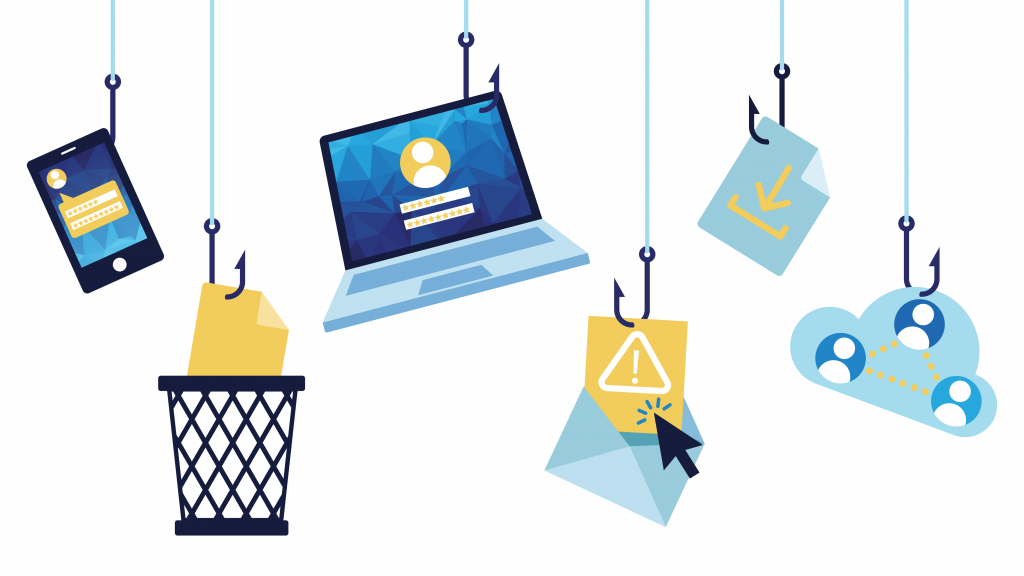
In the digital age, where much of our activities are conducted online, Internet security has become an increasingly important concern.
Internet fraud can have devastating consequences, from identity theft to financial loss.
In this article, we are giving you some tips on how to avoid falling into the trap of online fraud and protect your online security. Read on to learn how to keep your personal and financial data safe.
What is phishing?
Phishing is a form of cybercrime in which attackers impersonate legitimate entities to obtain confidential information.
This is accomplished through fraudulent emails, text messages or phone calls.
In fact, fraudsters use social engineering tactics to trick people into revealing personal data, passwords or financial information.
Attackers use established brands that build trust in the recipients and this increases the likelihood of a successful attack.
The sectors most prone to suffer these attacks are:
- Online stores
- Social media
- Banks and other financial institutions.
- Payment systems (card processors).
- Software, technology and telecommunications companies.
- Shipping companies.

Types of phishing attacks
Phishing has evolved far beyond simple data and credential theft. Some of the most common are:
- Email phishing:: It has been widespread since the early days of e-mail.
The attacker sends an email pretending to be someone trustworthy and familiar, and asks you to click on a link to perform an important action, or perhaps download an attachment.
- Smishing: Using SMS messages, attackers trick users into accessing malicious websites from their smartphones.
- Vishing: Is telephone phishing. The approach is the same: to appear authentic in order to obtain confidential information from the victim.
We recommend that you exercise caution whenever you receive an unexpected call requesting confidential information.
- Fisherman impersonation: These attacks use fake social network accounts belonging to known organizations.
In this case, attackers use an account identifier that mimics a legitimate organization (e.g. "@zaracustomercare") and the same profile picture as the company's real account.
- Malware: The following is an example: users are persuaded to click or open an attachment that may download malware to their devices.
- "Evil twin" Wifi: By impersonating a wifi network, attackers trick users into connecting to a malicious network in order to execute proxy attacks.
Tips for detecting a phishing attempt
It is critical to recognize the signs of a phishing attempt to protect yourself from potential scams.
Here are some common indicators to watch out for so you don't fall into the phishing trap:
1- Suspicious links:
If you receive an email or message asking you to click on a link, be sure to verify its authenticity before doing so.
You can spot something odd if it includes strange or suspicious URLs, spelling or grammatical errors in the message text, and an unprofessional writing style.
2- Requests for personal information:
Beware of messages asking you to provide sensitive personal information such as passwords, social security numbers or credit card details.
Mostly because legitimate entities will never ask you for this type of information through unsolicited emails.
3- Urgency or threats:
Scammers often try to generate a sense of urgency or fear to manipulate you into making hasty decisions.
So, if you receive a message warning you of dire consequences if you don't act immediately, stay calm and check the authenticity of that message.
4- Suspicious attachments:
Avoid opening attachments in emails or messages that seem suspicious; they may contain malware or viruses that compromise the security of your electronic device.
How to protect yourself from phishing
If you want to protect yourself from Internet fraud, take note of these preventive actions::
- Update your computer's security software.
- Make a backup copy of all your data.
- Use and enable two-factor authentication (2FA) on all your accounts.
- Block untrustworthy websites.
- Install an anti-phishing extension in your Internet browser.
- Keep your passwords secure and up to date. Do not use the same password in two different accounts.
- Make sure your cell phone has the latest updates installed.
- Don't post personal information on the Internet, as hackers can use it.
What should you do if you think you have fallen into a phishing trap?
If you suspect you have fallen into a phishing trap and shared sensitive information, act immediately.
Change your passwords on all your affected accounts, contact the relevant entities to inform them about the situation and keep an eye out for any suspicious activity on your accounts.
Also, consider reporting the incident to the relevant authorities and keep a constant monitoring of your accounts to avoid possible damage.
Remember, your online security is your responsibility. Be wary of suspicious messages, protect your passwords and keep your personal and financial data safe.
Tell us, did you know how to protect yourself from phishing?
